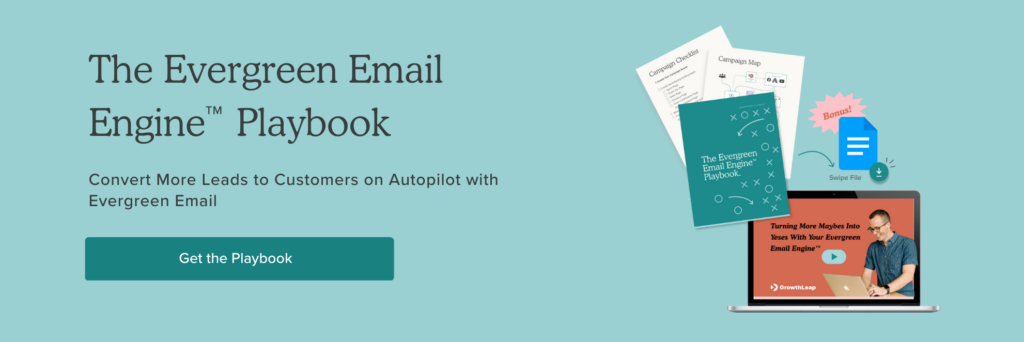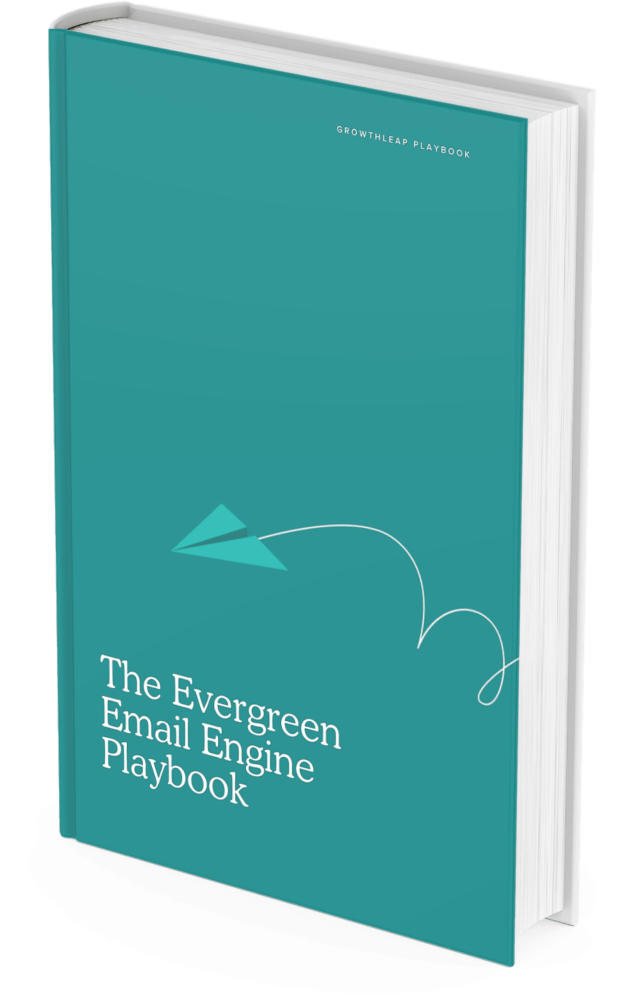
If you haven’t heard of personalized marketing yet, we’re fairly certain you’ve experienced it. It is done for customer engagement. Recall an incident when you were binge-watching food videos, and then- you started getting ads for kitchen and baking equipment on your device. Yep, that’s it. Digital advertising is used to grab the attention of the target audience based on their current interests.
Personalized digital marketing is a double-edged sword – something you should learn to do effectively or not at all. When done right, it can show results of up to a 50% response rate and conversion rates of over 15%. When done wrong, it could lead to awkward situations and irate customers. In this blog, we’ll get you up to speed on how to start your personalized marketing campaigns with your right foot forward.
What is Personalized Marketing?
Personalization in marketing is not a new concept. It’s probably as old as commerce itself when the first sellers called their customers by name, and nurtured this sense of familiarity to ensure repeat sales. All done, to build customer relationships.
This evolved to the vegetable vendor in the next stall at a medieval market shouting out, “would you like potatoes with that to make stew?”- after seeing you buy a portion of beef at the butcher.
Modern personalization in marketing leverages different types of data from a wide variety of sources to target and retarget leads that are tailor-fit to an online user’s demographics, interests, buying, and other online behavior. This is in a bid to increase the likelihood of conversions.
Why Personalized Marketing is Important
Unfortunately, the modern-day consumer who spends an average of 170 minutes per day on the internet is estimated to be bombarded by 4,000 to 10,000 ads daily. This overexposure to ads results in ad fatigue, with consumers choosing to click skip on ads or marking them as spam.
However, the first seller to call a customer by their name was on to something. A study shows that our brains activate more in response to hearing our names compared to hearing other people’s names. But more than just being on a first-name basis with customers, personalized digital marketing has the potential to stand out in the chaos of far too many ads.
With personalized marketing, you can use the data to know your customer better than they know themselves. And use this knowledge to catch their attention, and talk to them one-on-one. Pitch a sale that from what you know they will want. Make it count.
Benefits of Having a Personalized Marketing Strategy
Knowing what personalized digital marketing is, and why it is important, let’s dive into more of its benefits for both you and your customers.
Improves Customer Experience
Customers find generic ads to be similar to spam. If given the opportunity, they would skip or close such ads.
On the other hand, when promised special offers or discount vouchers for participating in a survey, customers willingly provide their names, sex, birthday, location, as well what products and brands they may be interested in. Further, they give consent to receiving further promotional material based on the indicated preferences- and opt out of other notifications.
By simply acceding to the customer’s request regarding what they would like to and not like to receive, you have already improved their customer experience with your business.
Increases Revenue
On one hand, by tailor-fitting ads and promotional materials, businesses can cut down on costs by eliminating ineffective campaigns. Campaigns fail for many reasons– the customer is simply not interested in the product or service, the customer may not be on that channel or favors one more than the other (i.e. is on Facebook more than on Tiktok, does not check emails).
With personalized marketing the opposite becomes true. By customizing campaigns according to customer data and preferences, businesses have a higher probability of increasing their conversion rate.
Increases Customer Retention
Attracting customers can be such a challenge that it makes keeping customers feel like a bonus! But it’s not. You should work on both by using personalized digital marketing.
Your business can tap into ad services from companies like Amazon or Google and avail yourself of their wealth of data and wide customer reach. This is one step to attracting new customers. The next step is to retain new and existing customers by designing loyalty programs or sales promotions. These can bundle a product your customers are likely to use in conjunction with their previous or current purchase.
Enhances Brand Loyalty
Repeat customers could mean a number of things- you are the nearest store around, or that you have competitive prices. They may not necessarily be sold on your brand. Customers with brand loyalty, however, are another breed. These are the class of customers who not only repeatedly purchase from your business but do so to the exclusion of competitors. These customers are even known to refer you to their family and friends – essentially doing ad campaigns for your business.
So, how do you nurture brand loyalty? Through a well-executed personalized digital marketing strategy.
How to Start a Personalization Strategy
We’ve pointed out that personalized digital marketing needs to be done the right way. To do so, a clear strategy is needed, as well as a roadmap that can be used every step of the way.
Establish the Right Team
The first step in the personalization strategy is to recognize that you can’t do this alone. There are far too many tasks that require technical expertise.
There will be an overlap in functions, some of which may require further specialization, depending on the scale of the campaign, but you will need:
- A data and technology specialist- knows how to acquire and use data
- Information technology specialist- knows IT requirements, website, and app design
- Marketing specialist- knows e-commerce best practices and content creation
Start With a Simple Framework
The simplest frameworks have three objectives: Digital, marketing, and strategic. The strategic objective is tied to your bottom line– increased revenue.
Digital objectives range from launching marketing campaigns that includes an email campaign, newsletters, loyalty programs, tiered memberships, and others. Marketing objectives could range from attracting new customers, increasing repeat customers, increasing sales per customer, or converting abandoned carts, for example.
Choose a manageable set of objectives and work your way up to handling multiple objectives at the same time.
Set Your Engagement Values
Otherwise known as Key Performance Indicators (KPI), engagement values give you an idea if your campaign is performing as expected, and at what point will there be a return on investment.
Using the previous examples, KPIs may include the number of emails sent, the number of customer sign-ups, and the average sales per customer. These KPIs will then be analyzed in the context of your personalized digital marketing budget.
Target Segments For Quick Wins
Personalized digital marketing can be overwhelming for the uninitiated team. By targeting segments of your customer base, you can narrow down your target for better focus, and easier management.
So which will you prioritize at this time? New customers? Repeat customers? You decide. Start with one or two segments, then work your way up again.
Map Their Path
Anticipating the path your target segment might make, and then steering them toward your desired direction is the next big step in your personalized digital marketing strategy. If you’ve decided to target repeat customers first, their path will exclude initial sign-up but will most likely involve your identifying if they have abandoned carts, and designing a campaign that will encourage conversion.
Prove Your Success
Any personalized digital marketing worth its salt will be measurable. A/B testing to compare personalized and non-optimized ads will provide a good benchmark. Comparing sales before and after launching a personalized digital marketing campaign will also prove the success of your campaign.
Look into areas for improvement, and then work your way back to expanding your team before setting up an updated framework.
Top Personalized Digital Marketing Tips
Now that we’ve covered the entire process of starting, monitoring, evaluating, and then restarting a personalized digital marketing campaign, we can turn our attention to a few top tips.
Get Data, Data and More Data
Data is the foundation of your personalized digital marketing campaign. The more you get, the more you have to work with, and the better your personalization will be.
Generate Customer Personas
Unsorted data is a mess. Process the data to segment your customers based on relevant demographics that will determine spending habits– age, sex, location, income, interests, previous purchases, and others. This will make it easier to further narrow down the use of data to the individual level, and also identify trends within a demographic.
Map Out Your Content
Once you have segmented your customers based on broad demographics as well as individual personas, you may then rearrange your content to suit them best. And by best, we mean what is likely to result in a conversion.
Personalize the Whole Experience
In implementing a personalized digital marketing campaign, you do not stop when you’ve made a sale. Checking on your customer post-sale will work wonders, and provide you an opportunity to get feedback, as well as set up your next retargeting.
Examples of Personalization in the World
It’s been done before, and there’ve been very good examples that show us how it’s done – properly.
Coca-cola
What’s in a name? Coca-cola printed people’s names on their labels. It was a huge hit.
Starbucks
They don’t stop at calling you by your preferred name when your order is ready. Their app tracks your buying habits and sends you targeted messages on promotions.
Netflix
The popular streaming service reminds you to “Continue Watching” shows you haven’t finished and recommends movies similar to those you’ve watched.

Best Personalization Software & Tools in 2022
Personalized digital marketing requires specialized software and tools. Here are the best we’ve encountered.
NotifyVisitors
Allows customer segmentation, A/B testing, and provides analytics. Pricing upon request from the vendor.
Adobe Target
Tests and optimizes experiences, automates personalization, and optimizes for mobile apps. Free trial version and priced plans available with the vendor.
Deadline Funnel
Adding a deadline to any offer, opt-in page or checkout page is practically guaranteed to increase conversions. Deadline Funnel allows you to add a unique authentic deadline to your emails and checkout pages to increase sales.
Segment
Segment, sort, and categorize your customers based on web traffic. Free version and paid plans of up to $120 per month.
Dynamic Yield
Personalize and deliver marketing content using artificial intelligence. Pricing upon request from the vendor.
Google Optimize
Predictive analysis based on A/B testing, among other features. Pricing begins at $49 per month.
Episerver
Machine learning personalization tool with A/B testing, data visualization, and audience targeting features. Use it for free.
Hubspot
Content sequencing and triggered content in response to individual user behavior. Pricing upon request from the vendor.
Proof
Personalized website pages for each visitor on the same URL without the need for coding. Free version and paid plans that start at $40 per month.
The best UseProof alternative is ConvertHub. In addition to the basic features offered by Proof, ConvertHub allows you to add opt-in forms and sales CTA pop-ups with a unique Deadline Funnel timer to increase conversions on your website and landing pages.
Yusp
Customer segmentation and conditional logic builder based on user behavior, both on and off your site. Pricing upon request from the vendor.
Evergage
Personalization for the B2B market. Pricing upon request from the vendor.




